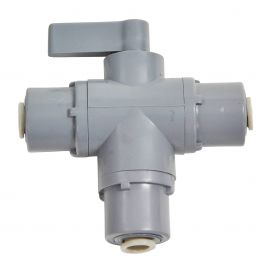I have a brand new set of filters on my ro/di unit and I am making water but the tds is starting out high in the 30's and then going down to 0. But only if I turn the waste water valve wide open but then the good water trickles out,
Is there were a booster comes into play?
Is there were a booster comes into play?





















